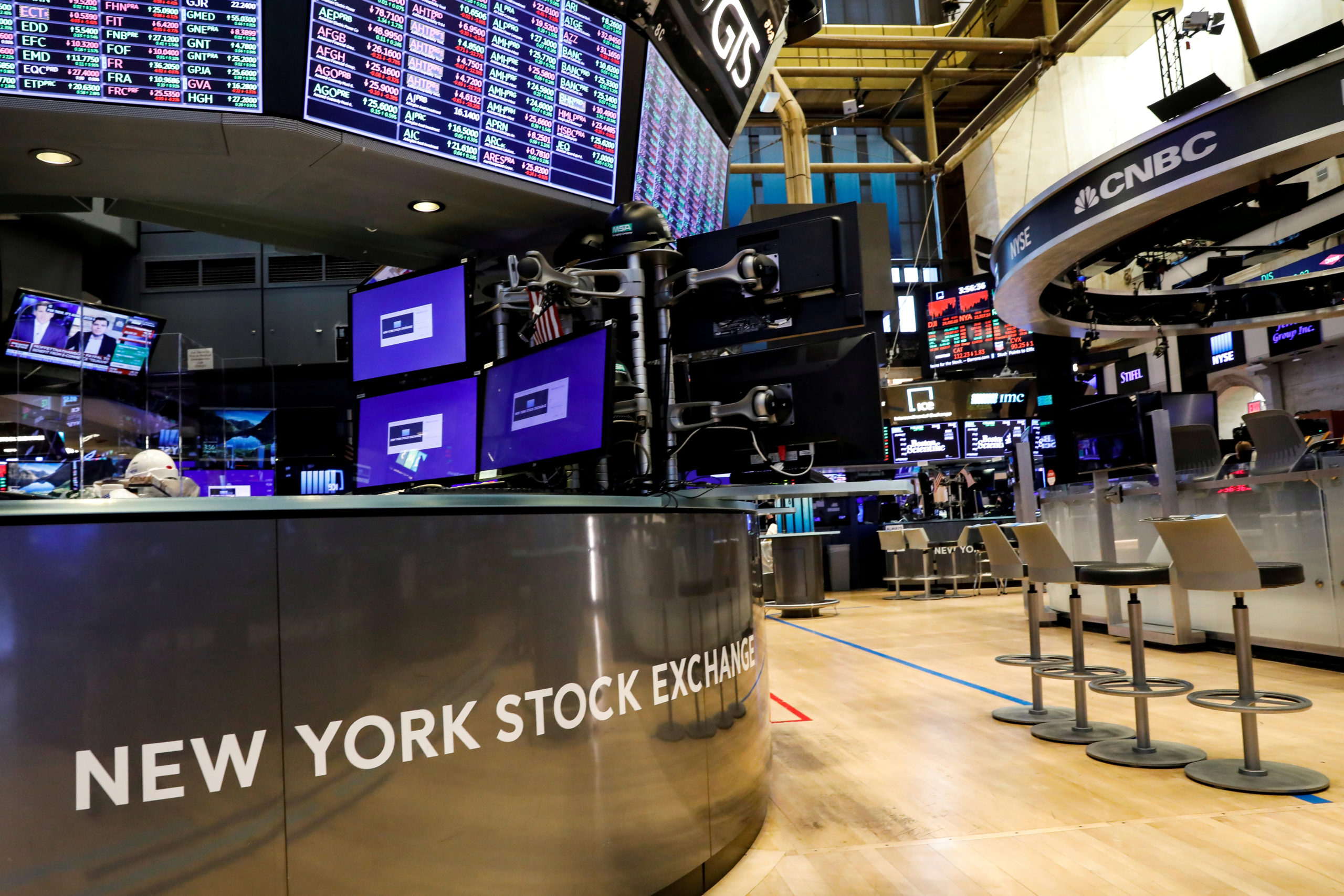
By Lucia Mutikani
WASHINGTON (Reuters) – U.S. retail sales surged in July as consumers bought a range of goods even as they cut back on motor vehicle purchases, which could help to assuage financial market fears that the economy was heading into recession.
The upbeat report from the Commerce Department on Thursday, however, will likely not change expectations that the Federal Reserve will cut interest rates again next month as news from the manufacturing sector remains dour, underscoring the darkening outlook for the economy against the backdrop of trade tensions and slowing growth overseas.
A key part of the U.S. Treasury yield curve inverted on Wednesday for the first time since June 2007, triggering a stock market sell-off. An inverted Treasury yield curve is historically a reliable predictor of looming recessions.
Financial markets have fully priced in a 25-basis-point rate cut at the U.S. central bank’s Sept. 17-18 policy meeting. The Fed lowered its short-term interest rate by a quarter of a percentage point last month, citing the acrimonious U.S.-China trade war and slowing global economies.
But the data could push markets to dial back expectations of a 50-basis-point rate cut next month.
“So yes, consumers are lifting economic growth and easing pressure on the Federal Reserve to cut more aggressively, but the trade war itself, and the rhetoric that accompanies it will push for more rate cuts,” said Jennifer Lee, a senior economist at BMO Capital Markets in Toronto.
Retail sales increased 0.7% last month after gaining 0.3% in June, the government said. Economists polled by Reuters had forecast retail sales would rise 0.3% in July. Compared to July last year, retail sales increased 3.4%.
Excluding automobiles, gasoline, building materials and food services, retail sales jumped 1.0% last month after advancing by an unrevised 0.7% in June. These so-called core retail sales correspond most closely with the consumer spending component of gross domestic product.
U.S. stock index futures extended gains after the release of the data. U.S. Treasury yields rose while the dollar <.DXY> was slightly weaker against a basket of currencies.
STRONG LABOR MARKET
July’s gain in core retail sales suggested strong consumer spending early in the third quarter, though the pace will likely slow from the April-June quarter’s robust 4.3% annualized rate. Consumer spending, which accounts for more than two-thirds of the economy, is being underpinned by the lowest unemployment rate in nearly half a century.
While a separate report from the Labor Department on Thursday showed an increase in the number of Americans filing applications for unemployment benefits last week, the trend in claims continued to point to a strong labor market.
Solid consumer spending is blunting some of the hit on the economy from the downturn in manufacturing, which is underscored by weak business investment. There are, however, red flags for the labor market coming from manufacturing.
The sector’s struggles were highlighted by a third report from the Fed on Thursday showing factory production dropped 0.4% in July. Output at factories has declined more than 1.5% since December 2018. Manufacturing, which makes up about 12% of the economy, is also being weighed down by an inventory overhang, especially in the automotive sector.
Manufacturing productivity tumbled at its fastest pace in nearly two years in the second quarter, with factories cutting hours for workers, another report from the Labor Department showed.
Manufacturing’s troubles appear to have persisted into the third quarter. Though a report from the Philadelphia Fed on Thursday showed factory activity in the mid-Atlantic region slowed less than expected in August amid an increase in new orders, manufacturers reported hiring fewer workers.
A measure of factory employment dropped to its lowest level since November 2016. The weakness in factory employment in the region that covers eastern Pennsylvania, southern New Jersey and Delaware was mirrored by another survey from the New York Fed. Activity in New York state was little changed this month, with employment measures deteriorating further.
“The health of factories is still an important driver of growth and the soft patch for production remains a factor that is keeping economic growth in the slow lane,” said Chris Rupkey, chief economist at MUFG in New York.
The economy grew at a 2.1% rate in the second quarter, decelerating from the first quarter’s 3.1% pace. Growth estimates for the third quarter are below a 2.0% rate.
In July, auto sales fell 0.6% after rising 0.3% in June. Receipts at service stations rebounded 1.8%, reflecting higher gasoline prices. Sales at building material stores gained 0.2%.
Receipts at clothing stores increased 0.8%. Online and mail-order retail sales jumped 2.8%, the most in six months, after rising 1.9% in June. They were likely boosted by Amazon.com Inc’s <AMZN.O> Prime Day.
Receipts at furniture stores rose 0.3%. Sales at restaurants and bars accelerated 1.1%. But spending at hobby, musical instrument and book stores dropped 1.1% last month.
(Reporting by Lucia Mutikani; Editing by Paul Simao)












